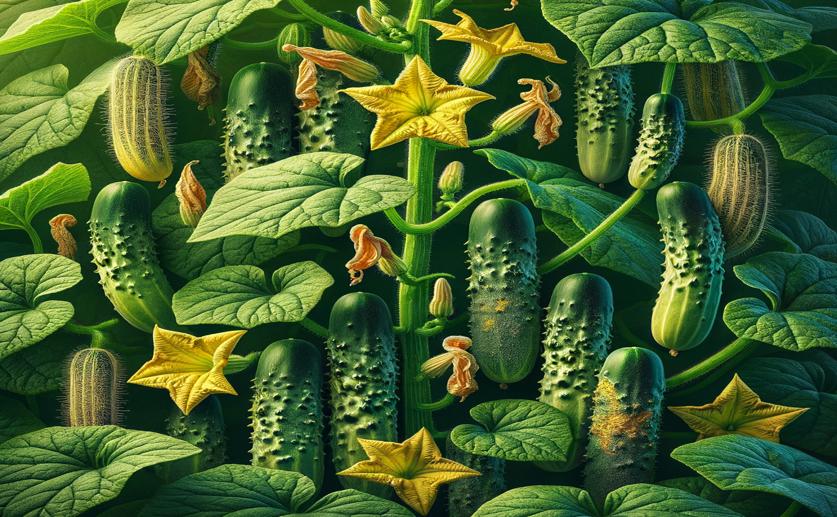
Identifying Key Genes and Their Response to Infection in Cucumber Plants
Jenn Hoskins
3rd August, 2024

Image Source: Natural Science News, 2024
Key Findings
- Researchers from the Chinese Academy of Agricultural Sciences studied the BAK1 gene family in cucumber to understand its role in disease resistance
- They identified 27 BAK1 genes in cucumber, which were distributed across all seven chromosomes
- Certain BAK1 genes were upregulated in response to pathogen attacks, indicating their role in disease resistance
References
Main Study
1) Genome-wide identification of Brassinosteroid insensitive 1-associated receptor kinase 1 genes and expression analysis in response to pathogen infection in cucumber (Cucumis sativus L.)
Published 2nd August, 2024
https://doi.org/10.1186/s12870-024-05453-2
Related Studies
2) BAK1 Mediates Light Intensity to Phosphorylate and Activate Catalases to Regulate Plant Growth and Development.
3) Sequential transphosphorylation of the BRI1/BAK1 receptor kinase complex impacts early events in brassinosteroid signaling.
4) BAK1 directly regulates brassinosteroid perception and BRI1 activation.



 2nd August, 2024 | Jenn Hoskins
2nd August, 2024 | Jenn Hoskins